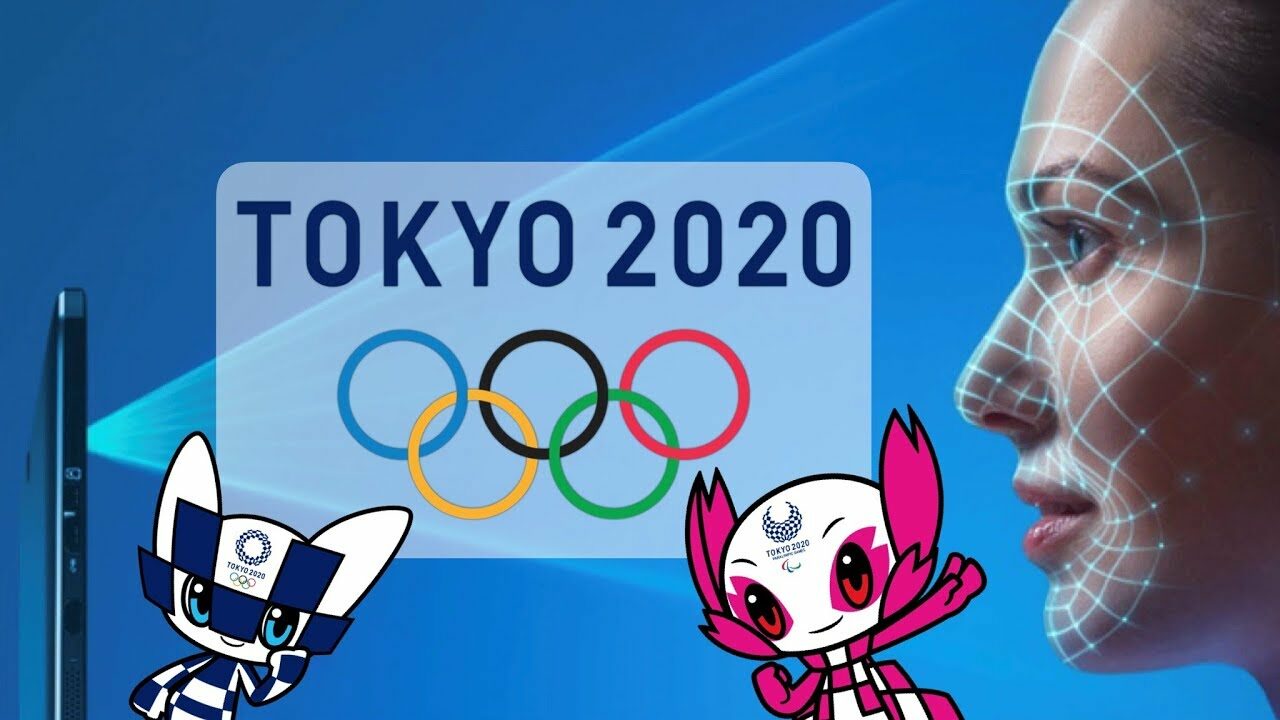The technology behind the 2020 Tokyo Olympics

Content
Intel i3 That Technology
Benefits on athletes
Technology and the Paralympic Games
The cost of technology at the Tokyo Olympics
The COVID-19 pandemic definitely changed the rules of the game for all of us and also for the Olympics. This required certain technological advances to be able to carry out the games after a year of delay.
Technology was leveraged and adapted to change the way confederations operate, while ensuring athlete safety and redefining fan engagement.
Next, I will mention what were the technological advances involved in the Tokyo Olympics.
Intel i3 That Technology
This is the first technology that improves broadcasting using artificial intelligence computer vision, to improve the viewing of fans.
The interesting thing about all this is that the data is made in real time, with 4K video cameras. Take advantage of all the most advanced algorithms to give information to the public. But it also gives information to evaluate and adjust the athletes' performances.
That is something very interesting, because it is going to support the athlete who is at home, the one who is going to run. It even allows them how to improve, how they run, how they do gymnastics, etc.
Benefits on athletes
In the sport of Surfing, artificial waves and technology such as a portable ring were used and the spectators have the data that the athletes have in real time.
Now all the details of all the athletes are known, which is a totally different and positive development.
Facial recognition technology is beginning to be used at airports, so that all athletes' data can be accessed with facial detection.
Technology and the Paralympic Games
The Olympic Games have always been at the forefront of technology.
Paralympic's athletes were no exception, which is why the Xiborg company that manufactures high-tech prosthetic sheets for Paralympic athletes is providing innovative solutions to the sports market.
The goal of this company is very simple, to help people with disabilities to run, but with a lot of speed. This can help change the thinking of athletes with disabilities.
They use the distinctive cutting-edge carbon foil, which was debuted at the Paralympic games by a Japanese athlete at the 2016 summer games in Rio de Janeiro.
The Japanese athlete expressed himself saying that the foil could give him more confidence to run faster. This blade could give him more speed, and he was very proud to have won the gold medal.
Now other athletes are also using this sheet. The company is part of a slowly growing sector of emerging companies in Japan with some 10,000 companies.
Some reports valued the market at $4.3 billion in 2020. But at the Tokyo games, young Japanese innovators seized the opportunity to showcase their designs.
They have said that carbon fiber is very expensive, and it also takes time to manufacture it to a shape. The goal is to find athletes who are interested in their work and try to analyze their running with the data, maximizing their potential, and using that knowledge to make that prosthesis.
The company uses motion capture systems to test products during the research and development stages and can then fine-tune and tailor carbon fiber materials for each specific athlete.
Paralympic's athletes can use tools and technology to be able to compete with others. Which is revolutionary for humans, as this technology can put the world in a better direction.
The cost of technology at the Tokyo Olympics
The prosthetic limbs' industry was valued at 9,200,000,000 in 2020, and is expected to reach $13,100,000,000 by 2028.
These advanced devices can be very expensive. For example, a sheet from Xiborg would cost around $600,000. But the company is already working on cheaper models and aims for the price of each prosthesis to cost less than $1,000.
Prosthetic designers recognize that one of the obstacles is the cost of the foil, and they are doing their best to make it more affordable so that any athlete can enjoy running with the foil.
Until that happens, the company has developed a collection where people can rent their sheet for a fraction of the cost. Which is equivalent to 500 yen or fewer than $5 a day.
Analysts say that while the Japanese market has been slow to use startups, that has changed in recent years. It has created space for innovators like the young Ken Endo, who provides solutions to the sports market.
We are once again on the brink of a major turning point. There are a huge number of enthusiastic companies emerging that can solve real problems through technology.
It is very fascinating to be in Japan now, because something historical is happening within society and the economy worldwide.
